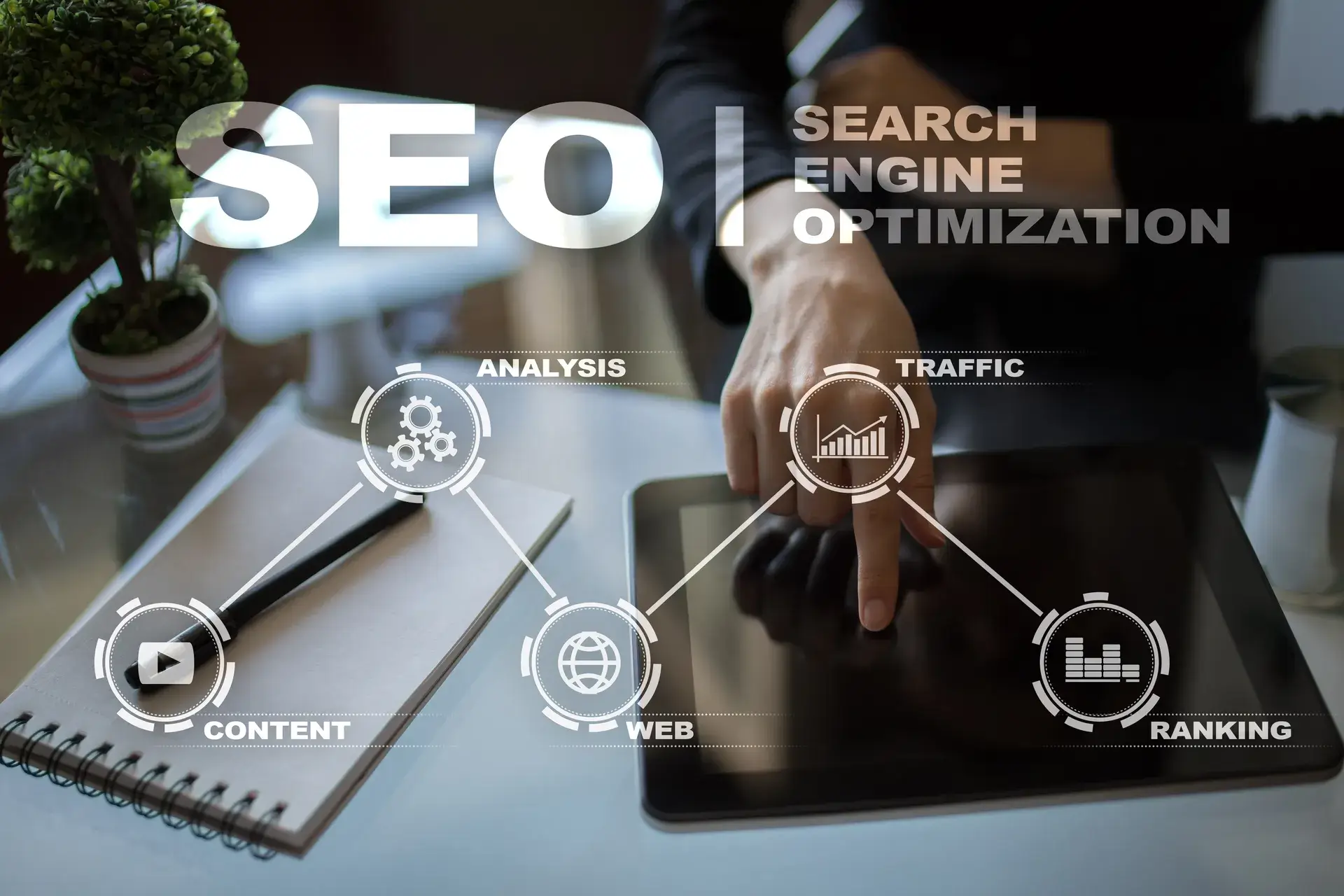Splash pages, often used as introductory pages before visitors access the main content, can significantly impact SEO if optimized correctly. This comprehensive guide will explain what splash pages are, their purpose, and proven strategies to enhance their SEO performance. Whether you are launching a marketing campaign or a new product, splash page optimization can elevate your online presence and improve user engagement.
What is a Splash Page?
A splash page is a standalone web page that visitors encounter before entering a broader site. It usually includes media elements, such as images or videos, a strong call-to-action, and links to more content. Despite their often temporary nature, splash pages can be optimized for SEO to improve visibility.
Importance of SEO for Splash Pages
Optimizing splash pages for SEO is vital for:
- Improved Visibility: Helps your splash page rank higher in search engine results.
- User Engagement: An effective splash page can entice visitors to explore your site further.
- Conversion Rates: Well-optimized pages increase the likelihood of user engagement and conversions.
Key Strategies for Optimizing Splash Page SEO
1. Use Relevant Keywords
Incorporate primary and secondary keywords related to your campaign or product within the splash page content, headings, and metadata.
2. Optimize Title Tags and Meta Descriptions
Ensure your title tag is catchy and includes your primary keyword. The meta description should succinctly summarize the content while encouraging clicks.
3. Craft Engaging Content
Keep your content relevant and engaging, focusing on user intent to keep visitors interested and compel them to take action.
4. Ensure Fast Load Times
A fast-loading splash page is crucial. You can optimize load times with compressed images, minimized code, and reliable hosting solutions.
5. Implement Mobile Optimization
With a rising number of mobile users, ensure your splash page is mobile-friendly, with responsive design and easily navigable elements.
6. Utilize Strong Calls-to-Action (CTAs)
Your CTAs should be clear and compelling, guiding visitors towards the next step—whether that’s signing up, downloading, or navigating to the main site.
Measuring Success
Utilize tools like Google Analytics to monitor traffic metrics, bounce rates, and conversion rates of your splash page to gauge its effectiveness and make necessary adjustments.
Conclusion
Optimizing your splash page for SEO can lead to increased visibility, improved engagement, and higher conversion rates. By implementing keywords, crafting compelling content, and ensuring user-friendly design, you're well on your way to making your splash page an effective marketing tool. For more assistance in boosting your digital presence, contact Prebo Digital today!







